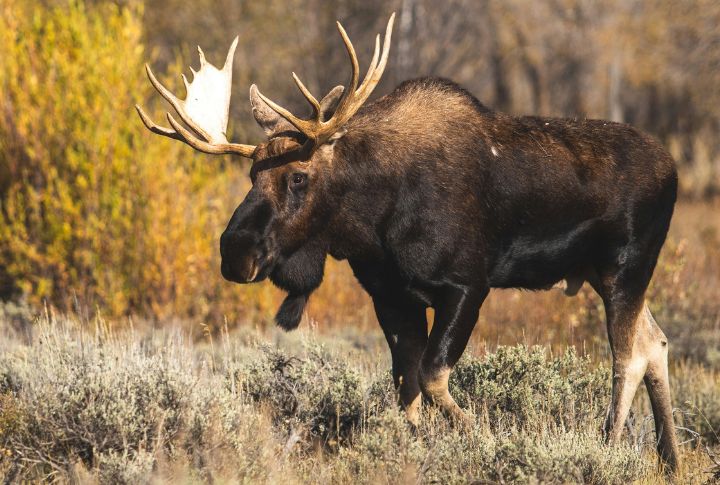
Imagine taking a beautiful hike in Colorado’s stunning wilderness and you encounter a creature that could ruin your adventure without warning. The state’s wild inhabitants are as diverse as they are dangerous. However, being aware of potential dangers can turn a great hike into a safe experience.
Mountain Lion (Cougar)
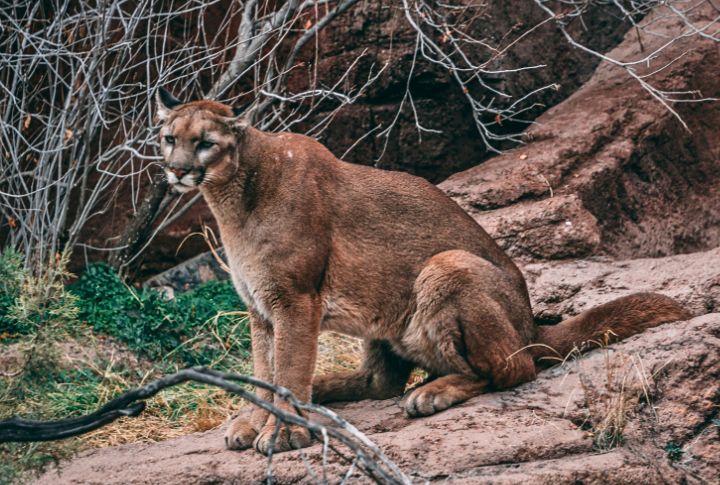
Mountain lions roam Colorado’s piñon-juniper woodlands all year. There are about 3,800 to 4,400 adults in the state. Surprise encounters may lead to defensive charges. This is more likely to happen near dens or during the kitten breeding season. If you run, it may trigger their chase instincts.
Black Bear
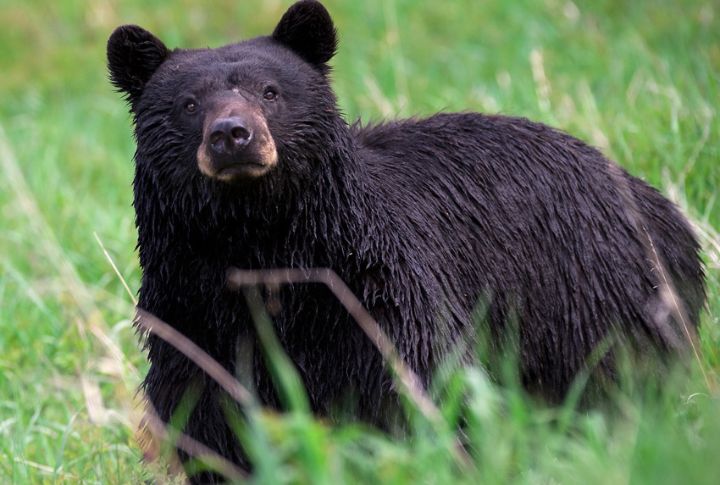
Black bears often search for food in Colorado’s montane forests, mainly between May and September. If they are surprised up close, females will aggressively defend their cubs. To stay safe, carry bear spray, make noise while hiking, and keep your snacks secure.
Moose
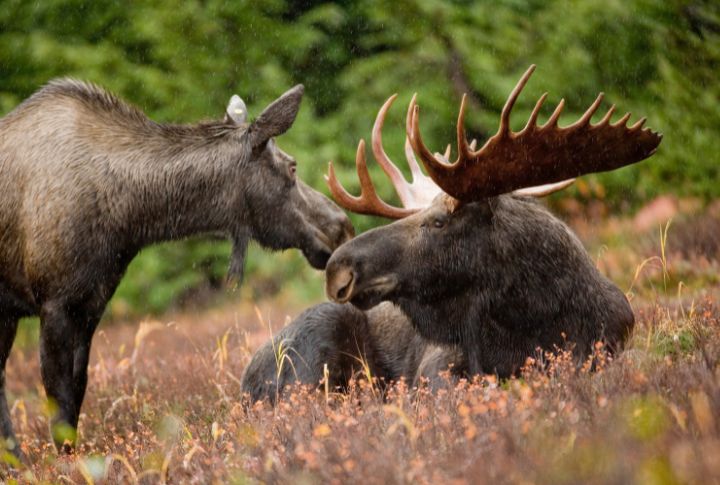
Moose roam the meadows of the Rocky Mountains. Bulls can charge during mating season, which is from September to October. Close encounters can be dangerous. So, you should watch them from a distance and keep at least 25 yards away.
Rattlesnake
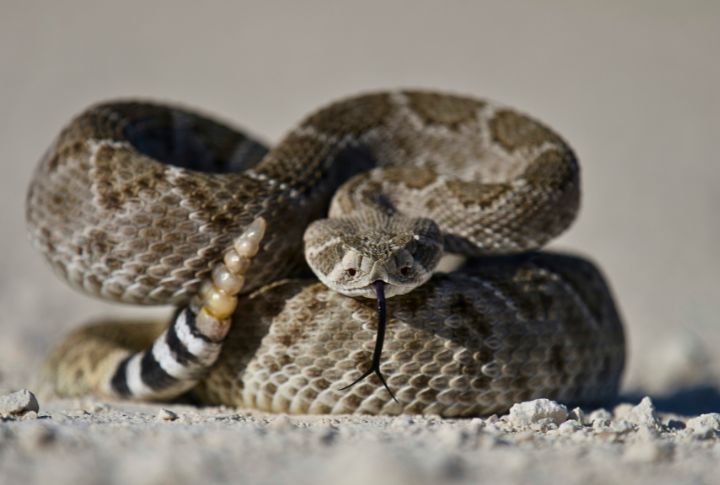
Prairie rattlesnakes hide near hiking paths from April to October. In Colorado, about 200 bites happen each year. If untreated, 10–44 percent can cause lasting injuries. Always watch where you step. Keep your dogs leashed and carry a phone. Antivenom is your only true remedy.
Elk
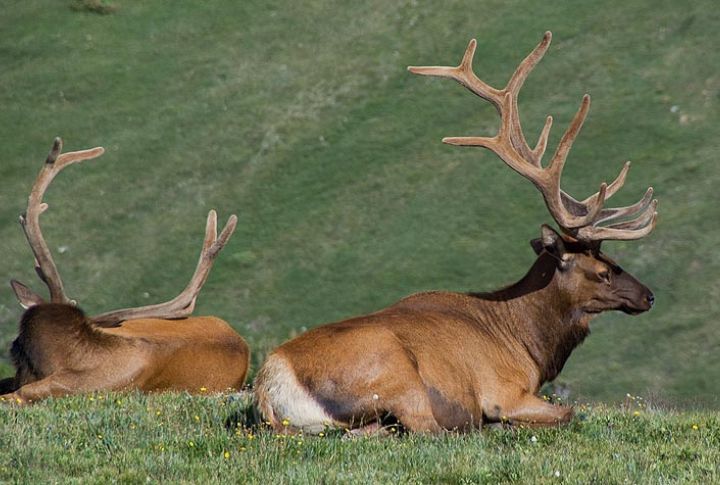
Elk bulls charge anything they see as a rival, including hikers who get too close! In winter feeding grounds, herds can reach thousands. So, trail users should keep their distance. You should stay at least 75 feet away, or you might get a hoof to the chest!
Bighorn Sheep

Balance meets strength as bighorn rams clash during autumn’s breeding season. Weighing up to 300 lbs, a wrong selfie can spark an aggressive charge of 25 mph. Stay at least 100 meters away, especially on steep slopes. These sure-footed athletes defend their territory fiercely!
Mountain Goat

Mountain goats thrive on cliffs in alpine regions above 10,000 ft. Mothers defend their young by hissing and kicking at hikers who get too close, particularly from May to July. Their curved horns and the slippery terrain make them dangerous.
Coyote
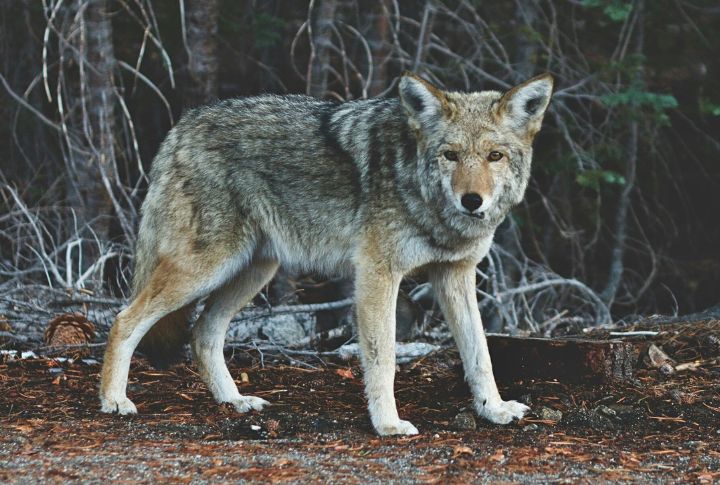
At dusk, coyotes roam in both forests and suburbs. They are usually not aggressive towards people. But, bold packs might grab unattended pets or scavenge at campsites. There are few recorded human bites, but some coyotes can lose their fear of people.
Common Snapping Turtle
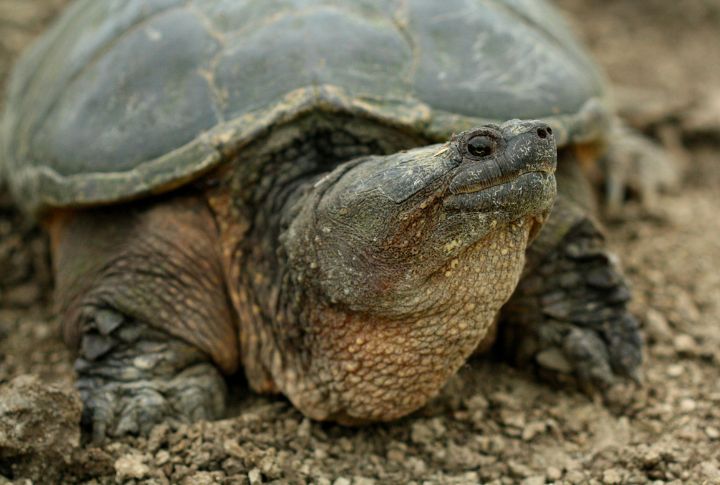
Snapping turtles strike quickly when disturbed. Their beak-like jaws bite hard, and adult shells can be over a foot wide. You shouldn’t get close to them; just watch from the shore. A single bite can sever tendons or send you running for first aid.
Giant Desert Centipede
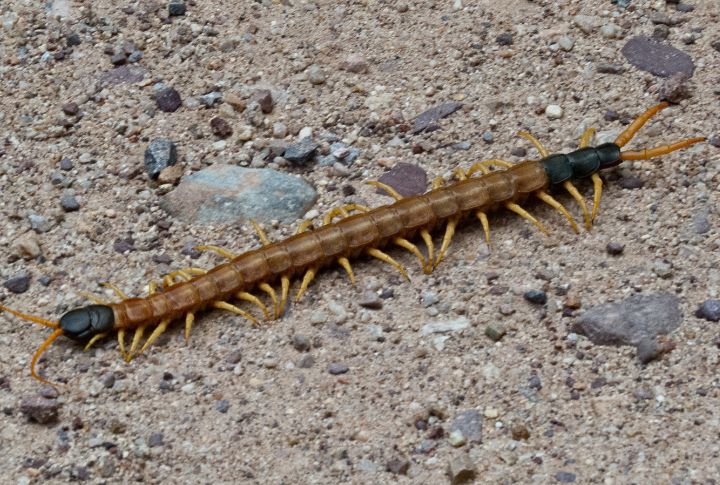
Giant desert centipedes scuttle through dry canyons, hiding under rocks and crevices. Their cytotoxic venomous bite causes intense pain and occasional allergic reactions. Though not fatal, these fast movers can surprise night hikers. Before wearing, shake out your boots and avoid placing your hands in unseen hollows.
